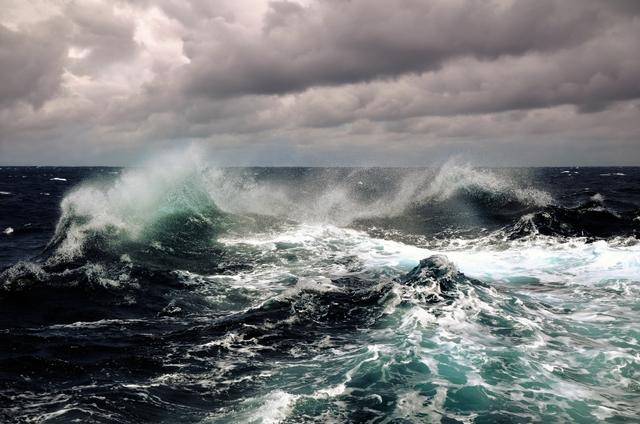Overview
Salinity refers to the amount of salt that is dissolved in water. Temperature change is most common in surface waters, due to exposure to the sun. During the day, water near the surface of the sea is warmed up due to heat from the sun. At night, the water cools down as it loses heat. This is in contrast to water found in the depths of the ocean, where the temperature is cooler and more consistent. Salinity decreases with an increase in temperature, in part due to a change in density. Warm water is less dense than colder water, meaning that water molecules are further apart from each other in warmer waters. Water that is more dense is saltier. The two factors of density and temperature are interrelated and together they affect the amount of salinity in the water.
Scientific Terms
Materials
- Three large jars
- Aquarium heater
- Salt
- Water
- Hydrometer
- Refrigerator
- Paper
- Pen or pencil
- Thermometer
Procedure
- Prepare three large jars or beakers with water and label the jars A, B, and C. Dissolve enough salt in the water of each jar until the hydrometer indicates a salinity of 1.024-1.025 (This measurement refers to the gravity or relative density of the water, a measure of the water's density. Some hydrometers have a corresponding salinity measurement, which should be 28-35 ppt. Both are equivalent measurements, and you may use either one.
- Record the salinity of the water in each jar, on a sheet of paper.
- Set jar A in a safe place and let it sit for five days at room temperature.
- For jar B: You will place an aquarium heater into the jar. In doing so, it is important to follow the instructions provided by the manufacturer. When the the aquarium heater is postioned in the jar, set it at 80 degrees fahrenheit (27 degrees C). Maintain the temperature for five days.
- For jar C: Place the jar in the refrigerator for five days. The temperature within the refrigerator should typically be at 35-38 degrees Fahrenheit (2-3 degrees Celsius .).
- At the end of five days, check the salinity for all three jars.
- What changes can you observe in the water salinity for each of the three jars?

